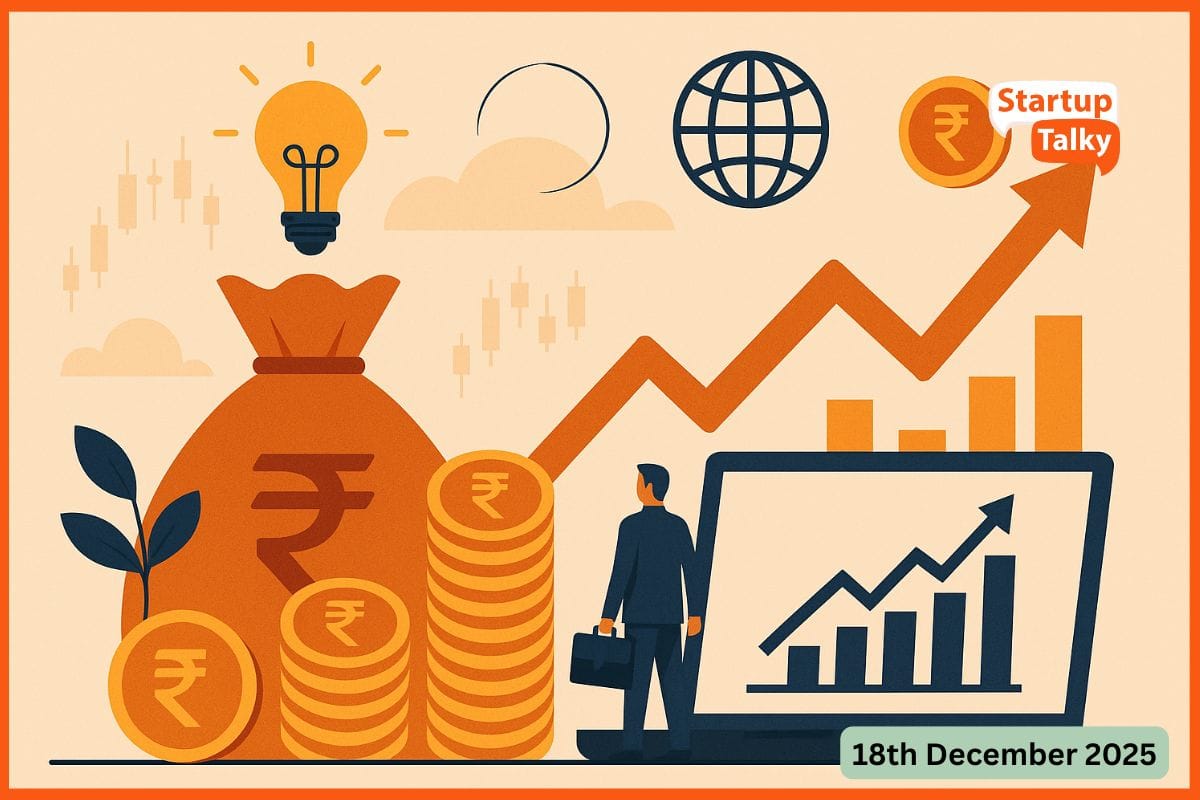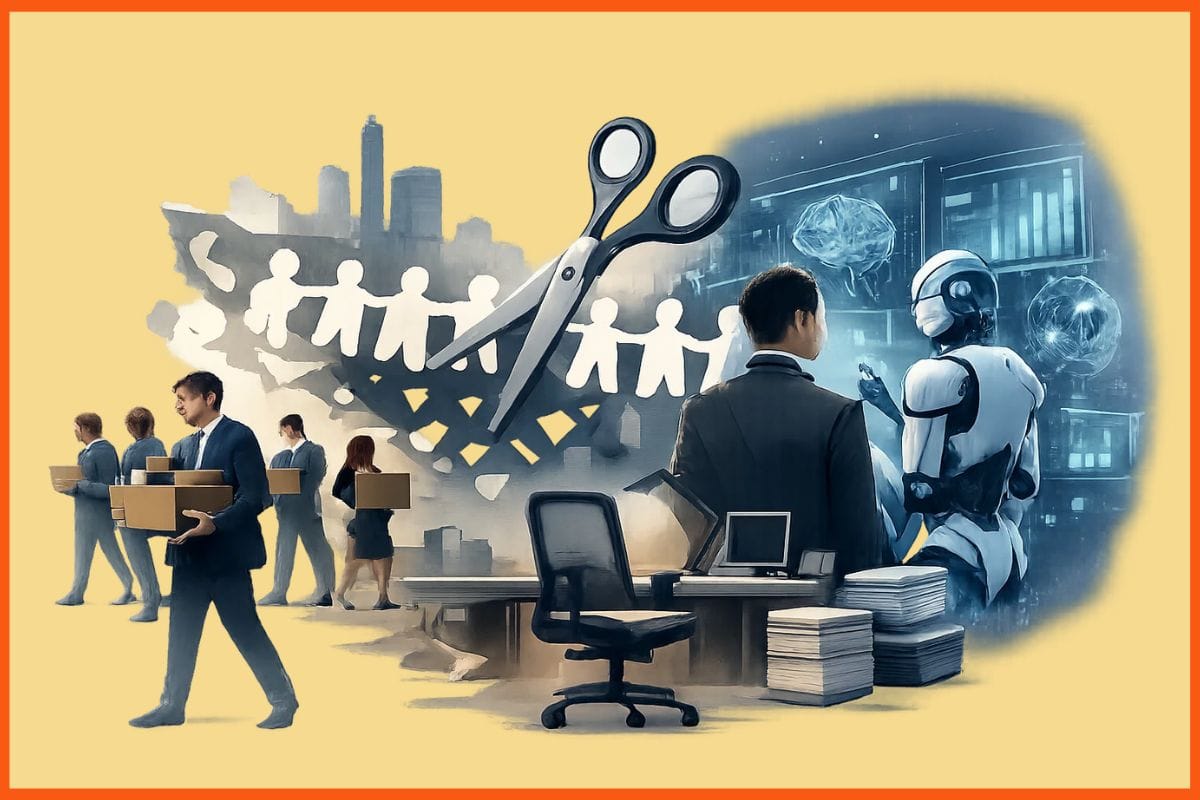Why Is Customer Retention Important? | How to Build Customer Loyalty and Develop a Robust Retention Strategy
✍️ Opinions
This article has been contributed by Melanie Fernandes, Chief Business Officer, P.Labs Ventures.
A common aphorism in the business management space is that it’s cheaper to retain a customer than it is to acquire a new one. This maxim has stood the test of time for many companies that have gained excellent value by developing robust customer retention systems for their businesses early on. It also happens to be a key metric on which most companies and industries measure their success. Equally, it’s necessary to know which customers to keep and which ones you can afford to let go of. There is such a thing as retaining the right type of customer, too. If you’re an eCommerce company, this is one key to unlocking profitability almost immediately, as long as you have a robust acquisition strategy in place. As the founder of a digital marketing firm that works with eCommerce brands, we see firsthand the benefits brands can accrue from developing a retention program.
Making Sense of Customer Retention
How to Build Strong Customer Retention
Making Sense of Customer Retention
On average, companies can expect up to 70% of their revenue to come from returning or recurring customers. Now this number varies by industry –some have lower numbers based on industry cycles and product or service usage, and some have higher numbers.
For most new entrepreneurs who don’t necessarily come from a marketing background, this might be a bit surprising or something they may not have paid attention to.
Think of customer retention as a litmus test for your business. Going by your own example, do you find yourself going back to a particular cafe, restaurant, or other establishment often? Ask yourself why. Now ask yourself why you’ve chosen not to return to a business. Between those 2 thoughts lies the entire analysis of understanding the Venn diagram of product-customer-need fit that meets service-expectations-value proposition.
Customer retention, however on its own is a vast practice combining technology and data analytics that can be rolled out to different aspects of a customer-facing business, right from demand prediction, and product launches, to inventory management, and more. Customer retention can provide a robust foundation for building a strong business, year-on-year.
Make no mistake. Customer retention should be the focus from Day 1 for every single business, and here we will outline some broad reasons why it should be on every single employee’s agenda. At P.Labs Ventures, a Meta Agency partner, we iteratively recommend this to all our clients.
- Cost-effectiveness: Acquiring new customers can be significantly more expensive than retaining existing ones. By investing in customer retention strategies, you can maximize your return on investment and allocate resources more efficiently.
- Loyalty that keeps giving: Loyal customers are more likely to make repeat purchases, refer your business to others, and provide valuable feedback—this can be through NPS, feedback, or even surveys. Building a loyal customer base creates a strong moat around your business because, often, these customers are able to tell you what needs your product or service is meeting, thus giving you insights into what makes you stand out from the competition.
- Predictable revenue: On average, retention means approx. 60–80% of your revenue is predictable, depending on your business cycle. With cross-sell and up-sell opportunities, you can focus on providing more value to an existing set of customers who have faith in you rather than trying to win new customers. MRR, or monthly recurring revenue, is an important measure for a business’s success, especially in eCommerce marketing. Satisfied customers are more likely to try new products or services, contributing to a stronger bottom line.
- YBC—Your Brand Champion: Happy and loyal customers become brand advocates, spreading positive word-of-mouth and influencing others to choose your business over competitors. This organic promotion is invaluable in building trust and credibility. Not only does this create a network effect, but most critically, you have passed the test of satisfaction in today’s hypercompetitive environment.
- Market research: Your loyal customers are often more willing to provide feedback, helping you identify areas for improvement and innovation. This means you can co-opt them into trying new products and getting insights, which you often can’t get even with the most well-known customer research firms. Their insights can guide your decision-making process, leading to continuous growth and better products/services.
- Data for acquisition efficiency: Ensuring you’re gathering first-party data means you have a database of customers who will attract similar customers thanks to the algorithms of Google Ads and Meta Ads. It’s now considered table stakes for all marketing campaigns to have seed data when you start scaling after the first few thousand transactions. In addition to this, you can also exclude these customers from your funnel to drive efficiency and instead focus on remarketing campaigns. Often, brands and even the best marketers confuse retargeting vs remarketing –and the difference is a transacted customer.
How to Build Strong Customer Retention
To build customer loyalty and develop a robust retention strategy, the cornerstone is, of course, a product experience that’s loved before, during, and after purchase. This means the entire process of acquiring a customer and after should be more than delightful. Think of some of the finest customer experiences and think of the nuances they took care of!
This only happens when you focus on a customer-first approach, empowering everyone in the business to make decisions that put the customer first while balancing business profitability.
- Designing the customer experience you want to provide: Communicate extensively and through the customer lifecycle– this means designing a customer journey and experience from Day 0. You can build a strong relationship by mapping the different scenarios that customers might experience, and have a response in place, and continuously improving this process. Whether it’s D7 in the business, or following a product dispatch, knowing how you want the customer to feel and planning for it beforehand means you have already moved beyond 70% of businesses that only focus on customer acquisition and not service.
- Offer exceptional customer service: Provide excellent customer service at every touchpoint. Train your team to be responsive, empathetic, and proactive in resolving issues. Something as simple as responding promptly or proactively to their queries goes miles in making the customer feel heard. Positive customer service can also soften the impact of a bad service or product when dealt with correctly and on time.
- Reward loyalty: Offer something for their loyalty. This doesn’t have to be a discount and can be an innovative way for you to showcase what choosing your brand can mean. There’s an entire industry dedicated to devising and developing loyalty programs. Today, offering discounts and special promotions are almost table stakes for every business, regardless of whether there’s a loyalty program or not. Find ways to incentivize loyalty and encourage return visits. Think of brands such as American Express, Taj Hotels, or even clubs to learn about providing value additions to customers. These can be through collabs with other brands, cross-brand partnerships, freebies that you can add to your dispatches, and much more.
- Ask for their input: Regularly talk to customers through surveys, reviews, or suggestion boxes. Some of the most powerful CEOs actually engage with customers one-on-one. Take, for example, the CEO of DoorDash, who mandates that every employee should undertake a certain number of deliveries, or the CEO of Lenskart, who stands on the shop floor as a sales exec–it all boils down to how often you can understand your customer. Actively listen to their opinions and take the necessary actions to address their concerns or suggestions.
- Personalize and segment marketing: This comes at a stage often once you have acquired a size and scale. While it may not be needed for smaller businesses where your customer volume itself is less than 1,000, understanding what communication triggers work for your users is key. In case you’re bigger than 1,000 users, definitely leverage customer data to personalize your marketing efforts. This may look like sending emails at a certain time, or sending messages only to certain shoppers of a specific category, and so on.
If you are looking to scale your eCommerce business or any other business, getting customer loyalty set up as a process is key and the cornerstone of many successful businesses. The key to remember is that you can choose your customer retention activities carefully based on different factors and stages of business growth. You don’t necessarily have to buy the best tools. In fact, many SAAS products, such as Shopify, MailChimp, and others, allow you to do this automatically if you set up a marketing calendar or communication cadence. Automation here can not only save you time but also bring revenue back to your bottom line by bringing back customers.

Must have tools for startups - Recommended by StartupTalky
- Convert Visitors into Leads- SeizeLead
- Website Builder SquareSpace
- Manage your business Smoothly Google Business Suite






